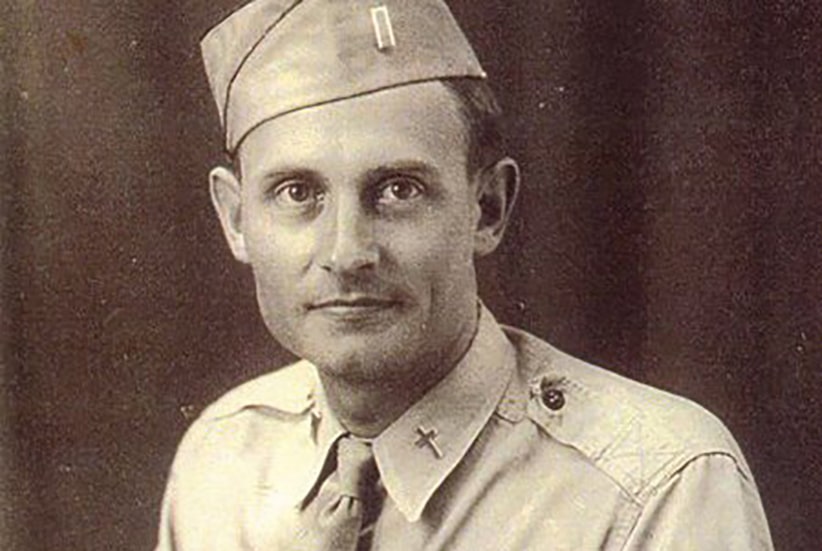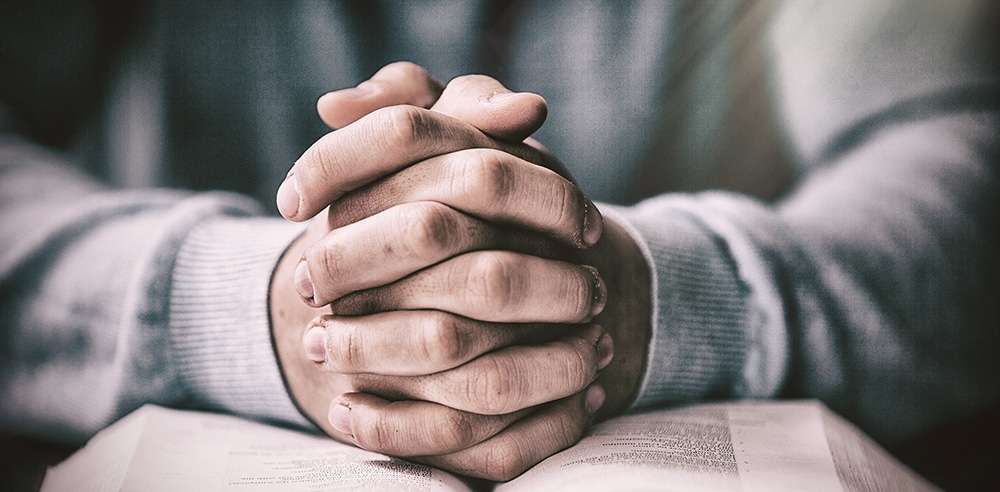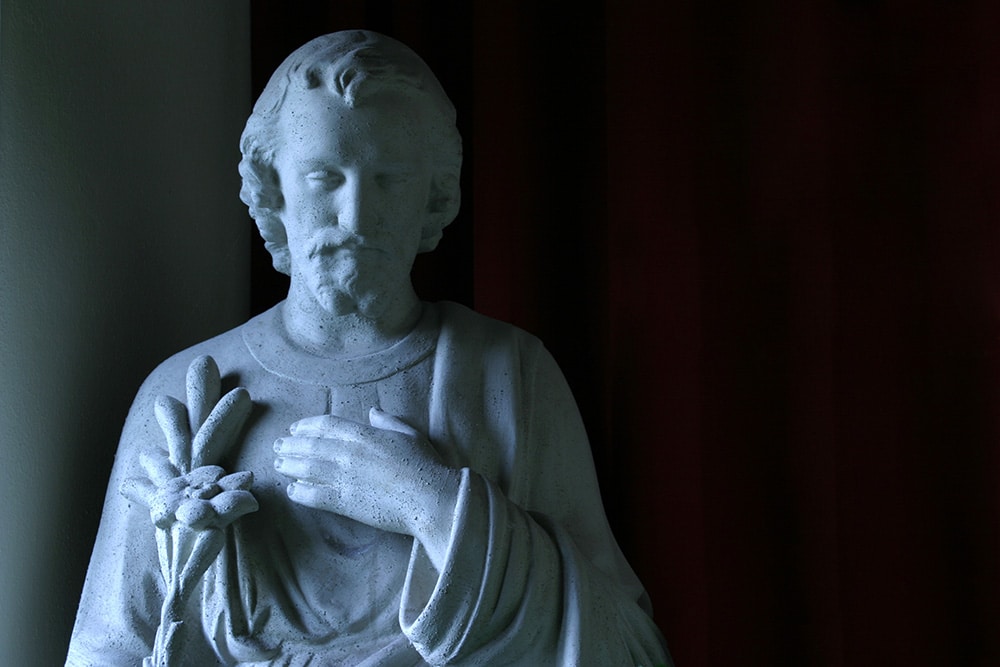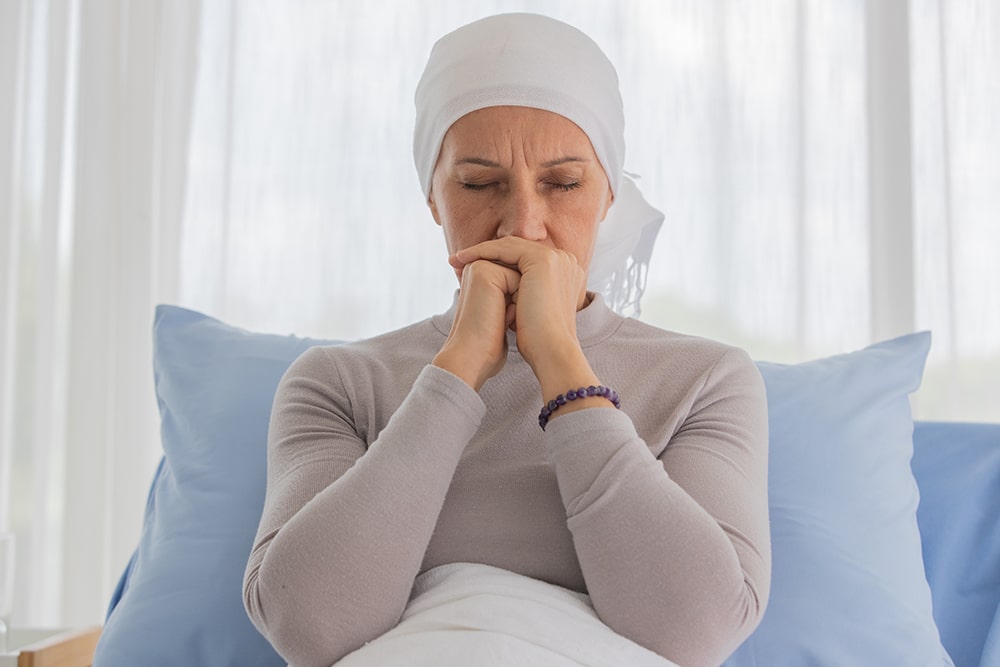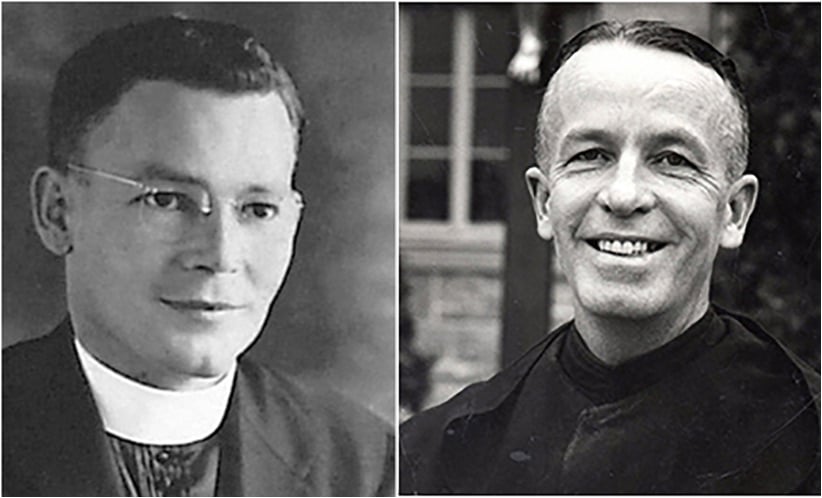On May 23, 1951, Father Emil Kapaun, an Army chaplain, died in a North Korean prison camp, and his body buried in an unmarked grave. His remains were among those of 1,868 servicemen who were returned to U.S. custody as part of the 1953 Korean Armistice Agreement, but his could not be differentiated from the others. Seventy years later, with advances in forensic techniques, the Defense POW/MIA Accounting Agency announced in early March that his remains had been identified and will be flown from Hawaii to Wichita, Kansas, on Sept. 25.
In 1993, Pope St. John Paul II declared Father Kapaun a Servant of God, the first step toward canonization. President Barack Obama awarded him the Medal of Honor, and the Vatican’s Congregation for the Causes of Saints is investigating his life for his possible advancement toward sainthood. Several alleged miracles have been attributed to his intercession. His exploits on the battlefield and in the prison camp have been chronicled in books, magazines and a TV show. Buildings, chapels, a high school, several Knights of Columbus councils and an annual pilgrimage walking from Wichita to his former parish in Pilsen, Kansas, have been named for him.
The life of Father Kapaun
Who was this soldier-priest who merited such honors?
Emil Kapaun was born on April 20, 1916, to a poor but faith-filled farm family in the small town of Pilsen, Kansas. Life was difficult on the prairie, and even children had to work hard and learn to be resourceful to keep up the farm and care for the animals during bitter winters and brutally hot summers. With a strong desire to become a priest, Kapaun attended Kenrick Seminary in St. Louis. He was ordained in 1940 and assigned to his home parish.
When the United States entered World War II, with his bishop’s permission, Father Kapaun enlisted in 1944 as a chaplain in the U.S. Army. He served for two years in Burma and India before returning to civilian life and parish duties. Two years later, Father Kapaun reenlisted and was stationed in Texas before being reassigned in January 1950 to the 1st Cavalry Division in peacetime Japan. Until this point, his life had been quite routine, with nothing to demonstrate any exceptional virtues or unusual bravery. But that soon changed.
Deployed to Korea
In June 1950, a North Korean army crossed the 38th parallel and advanced quickly toward Seoul. The U.S. intervened, with the 1st Cavalry Division deployed to block the advancing enemy. Fighting was intense, with the U.S. units giving ground. Father Kapaun was tireless in battle, moving among the soldiers, ignoring enemy fire, comforting the wounded, administering last rites and offering Mass whenever and wherever he could.
By August, the Americans had been pushed to the southern end of Korea. Then, on Sept. 15, the war took a radical turn when additional U.S. units landed at Inchon behind the invading army. The North Korean forces fled northward, with the Americans in pursuit. Within a few weeks, the 1st Cavalry Division had crossed the 38th parallel.
The night of Nov. 1 began quietly. Unknown to the Americans, however, China was about to enter the war and had secretly moved a huge force into North Korea. Suddenly, just before midnight, there was a cacophony of bugles, horns and whistles, as Chinese troops attacked from all sides.
A life saved
Father Kapaun scrambled among the defenders, sharing a prayer with one soldier, saying a comforting word to another. He assembled many wounded in an abandoned log dugout. The next day, whenever he spotted a wounded soldier, he would crawl out and drag the man back to the battalion’s position. By day’s end, the defensive perimeter was drawn so tightly that the log hut and the wounded it contained were outside of it. As evening came and another attack was imminent, the chaplain left the main force for the shelter so that he could be with the wounded. It was soon overrun, and Father Kapaun pleaded for the safety of the injured. As he stood among the prisoners, Father saw an enemy soldier about to shoot a wounded American. He calmly walked over, pushed the soldier’s rifle away, picked up the injured man and carried him back to the other prisoners. The man was Sgt. Herb Miller, who would live to attend the Medal of Honor ceremony for Father Kapaun in 2013.
Hundreds of U.S. POWs were marched north. Whenever the column paused, the chaplain moved up and down the line, encouraging the men to pray, exhorting them not to give up. When a man had to be carried or be left to die, Father Kapaun, although suffering from frostbite himself, set the example by helping to carry a makeshift stretcher. Three weeks after their capture, after 75 miles of marching, the survivors finally reached their destination, Pyoktong — a frigid, mountainous area near the Chinese border. The conditions of the confinement were brutal and inhumane. The prisoners were poorly clothed and given so little to eat that they were starving to death. That winter, 1,200 of the 3,000 to 4,000 men who were interned in Pyoktong died.
A P.O.W. in Korea
In that barbaric prison, Father Kapaun lived the beatitudes. He visited the sick throughout the camp, sneaking into huts to avoid the guards. He gave away nearly everything he had, even his food and articles of his clothing. He volunteered for details to gather wood because the route passed the compound where the enlisted men were kept, and he could encourage them with a prayer and sometimes slip out of line to visit the sick and wounded. When men were too ill to care for themselves, he would wash the soiled clothing of men with dysentery and pick lice from the armpits of the infested to comfort them.
In desperation, men began to steal and hoard food from each other. With self-preservation inspiring corruption, Father Kapaun exemplified brotherhood. One day, he walked into a hut, laid out his own food, blessed it, and gave it to the men. His example stopped much of the unscrupulous behavior.
But for the men to survive, they would have to steal food from their captors. So, praying to St. Dismas, the “Good Thief,” Father Kapaun would sneak out of his hut at night, often coming back with some grain, potatoes or corn.
Faith that never faltered
The chaplain’s faith never wavered. While he was willing to forgive the failings of prisoners toward their captors, he allowed no leeway in regard to the doctrines of the Church. When all looked hopeless, he encouraged men to embrace God. He reminded prisoners to pray, assuring them that regardless of their difficulties, Our Lord would take care of them.
In spite of a ban on religion, Father Kapaun convinced his captors to let him conduct an outdoor prayer service. On Easter morning, March 25, 1951, the Catholic priest mounted the steps of a partially destroyed church and turned to face his congregation, some 60 men — gaunt, foul-smelling, in tattered clothing — of various faiths, and led them in prayer and song. The chaplain, with a patch covering his injured eye and supported by a crudely made cane, may have been broken in body, but he was strong in spirit.
The Death House
The following Sunday, Father Kapaun collapsed. His condition was serious — a blood clot, severe veinal inflammation, malnutrition. When the guards came to take Father Kapaun to the “hospital” — a building set aside where the ill would languish without care — a fellow prisoner, Lt. Mike Dowe, was sobbing. The priest said, “Don’t take it hard, Mike. I’m going where I’ve always wanted to go. And when I get up there, I’ll say a prayer for all of you.”
When the group reached the entrance to what was know as “the Death House,” Father Kapaun raised a hand and blessed the guards, asking God to forgive them. Within a few weeks, he died and was placed in an unmarked grave.
Upon learning that Father Kapaun’s remains had been identified, Archbishop Timothy P. Broglio of the Archdiocese for the Military Services said, “I rejoice with the relatives of this Servant of God and with the Diocese of Wichita from whose presbyterate Father Kapaun became a military chaplain, giving his all to serve the spiritual and physical needs of his fellow prisoners of war.”
Lawrence P. Grayson is a visiting scholar in the School of Philosophy at The Catholic University of America.

